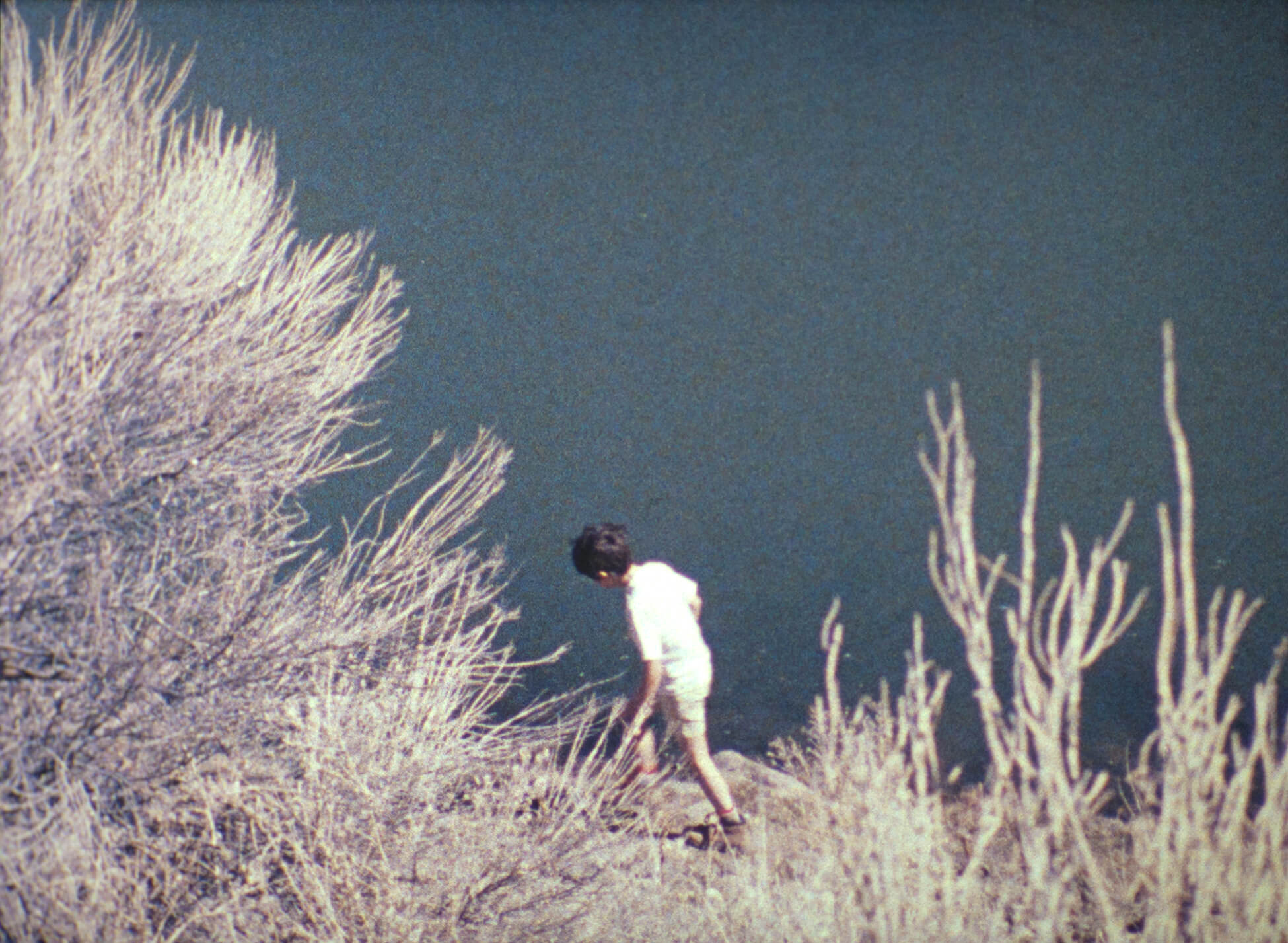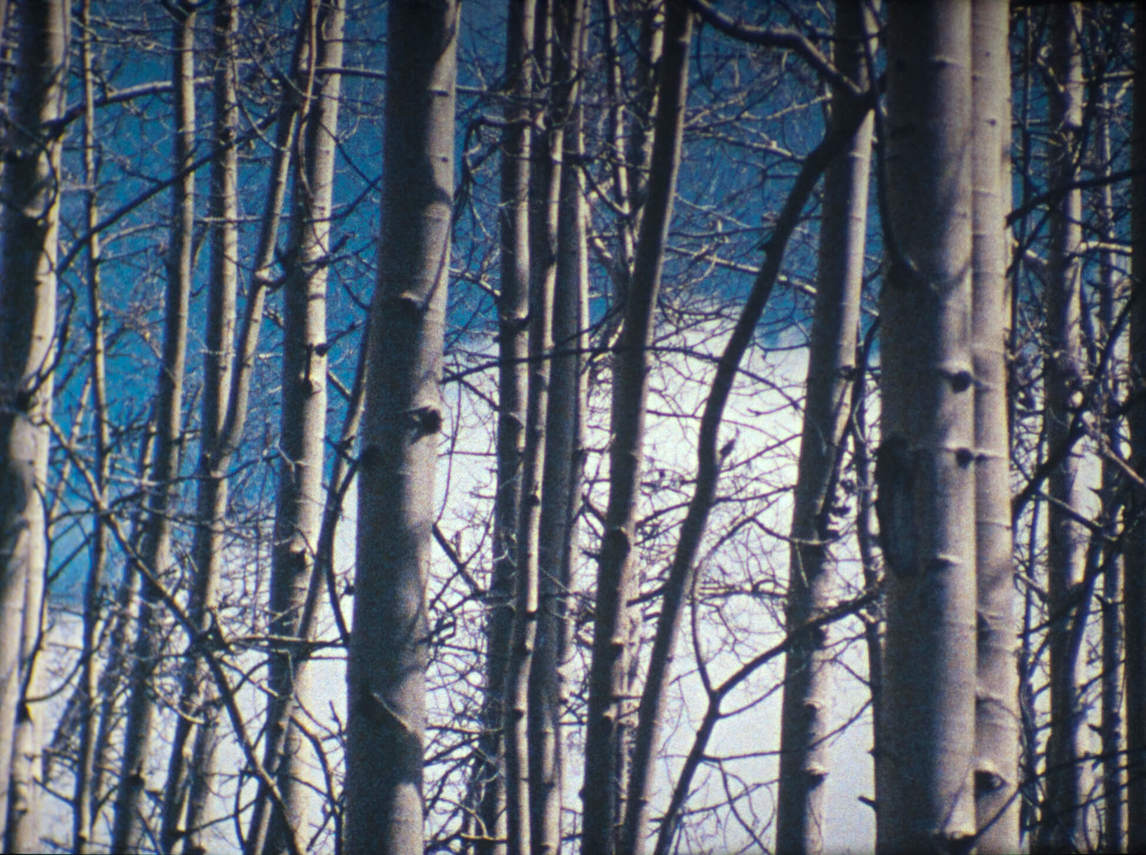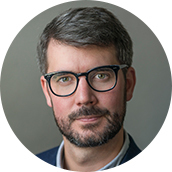Gabriel 1976

Agnes Martin, Gabriel, 1976
16mm film, colour, 78 minutes,
silent with a selection of Bach’s Goldberg Variations
Contemporary stills photographed by Bill Jacobson from original film
Pace Gallery, New York
© Agnes Martin / SOCAN (2019)
With no training or previous experience with filmmaking, in 1975 Martin purchased a camera using proceeds from her first exhibition at Pace and began working in nature. The result is Martin’s only complete film, Gabriel. While the title might suggest an homage to the Annunciation, the film focuses on the vast landscape that enveloped her on the isolated mesa in northeastern New Mexico, a place where she lived for nearly a decade, as well as the landscapes of California and Colorado.

Gabriel opens on a young boy, the titular Gabriel, facing the vastness of the Pacific Ocean as waves break on the beach. He is filmed from behind, a mop of light brown hair, a white shirt and shorts. The viewer does not see his expression.
Martin originally wanted to make the film with her niece Christa’s two-year-old daughter, Erin. They flew down to New Mexico from Vancouver and spent some time in Martin’s adobe studio but never found time to film. Gabriel ended up being played by a local New Mexican child named Peter Mayne, who in the film walks along a river and into the mountains. A long sequence in the middle switches to sustained, close up shots of flowers, streams, and trees. It is silent except for several passages of the famous 1955 Glenn Gould recording of Johann Sebastian Bach’s Goldberg Variations.
Art historian Matthew Jeffrey Abrams explores the significance of the use of the fellow Canadian’s recording in Martin’s film, arguing that Gould and Martin share a commitment to form, variation, and obsession in their work. In this way, Gabriel can also be compared to the famous pianist’s own 1967 experimentation with media, The Idea of North, a radio documentary that would become the first part of Gould’s three-part Solitude Trilogy. It features five interviewees whose voices are spliced, overlapped, and intertwined contrapuntally—a compositional device that Gould borrowed from Bach. Although the five interviewees are the focus of the documentary, the subject is, as Barbara Frum put it, “solitude and what it means to [Gould].”
Martin, who at the time was seeking her own solitude on the mesas of New Mexico, similarly focused on the child Gabriel, but was really investigating happiness, innocence, and beauty—abstract emotions that she believed could be experienced when contemplating the natural world. “My work is about emotion,” Martin said in a statement that could apply as equally to Gabriel as to her paintings. “Not personal emotion, abstract emotion. It’s about those subtle moments of happiness we all experience.” Therefore Gabriel must be understood within the context of Martin’s abstract paintings. While the forms are entirely different, they both embody the unrepresentable emotions that Martin felt when she contemplated the natural world.
In 1977, Martin attempted a second film, Captivity, which included dialogue, a script, and Kabuki actors hired from San Francisco. It was shot in New Mexico and on Vancouver Island but was never completed. Gabriel was first screened at the Los Angeles County Museum of Art and the Institute of Contemporary Art at the University of Pennsylvania in 1977.

 About the Author
About the Author
 More Online Art Books
More Online Art Books
 Acknowledgements
Acknowledgements